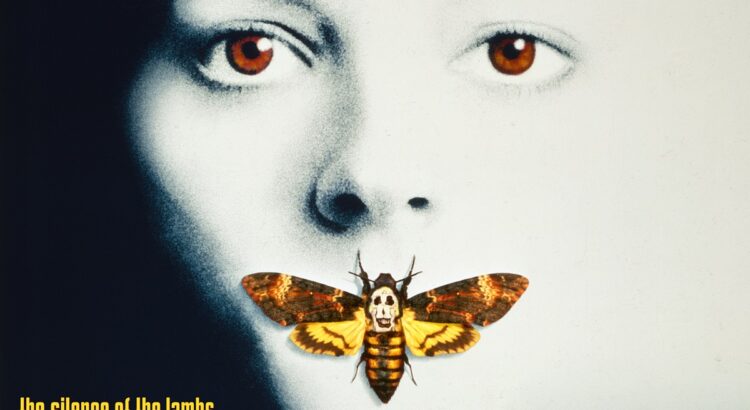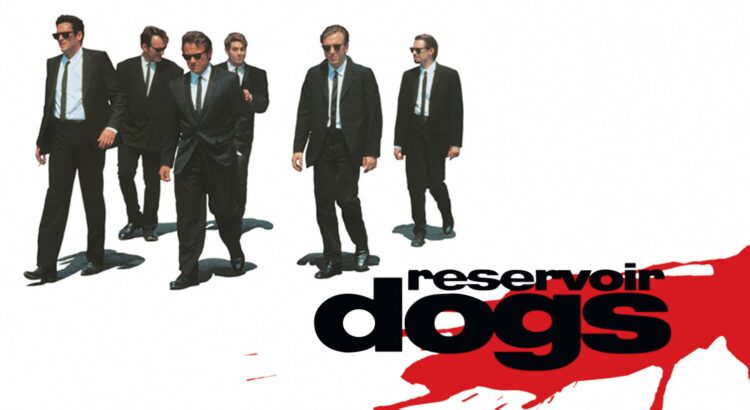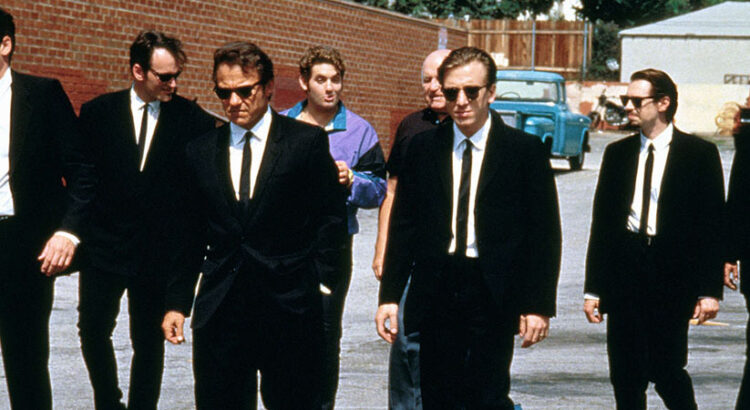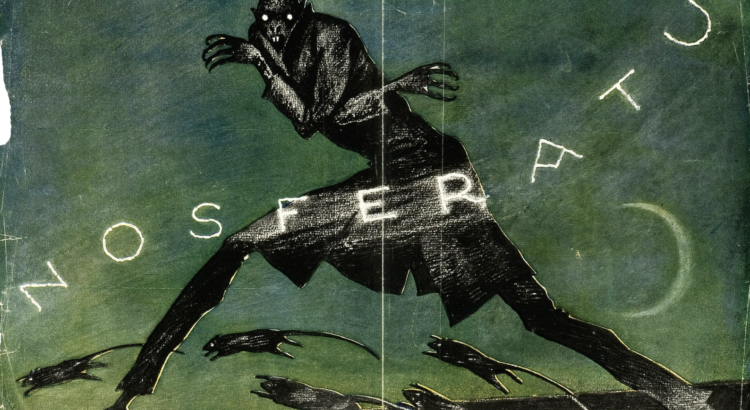MUSKET’s production of Murphy and O’Keefe’s Heathers took place at the Power Center for the Performing Arts this past weekend. MUSKET impressively holds the title of the oldest and largest student-run theater troupe on campus. They produce one fully staged and orchestrated musical each semester with an entirely student-led cast, crew, and production team. It serves as an essential platform for non-musical theater majors to participate in musical theater, offering endless opportunities for leadership, production, and performance to university students.
I observed several standout aspects of this performance. Firstly, the costume design (by Katy Sanchez) was beautifully crafted, immediately conveying the identities of the characters to the audience. The costumes adhered to the expected classic “Heathers” outfits, featuring heavy pumps, short skirts, and the distinctive red, green, yellow, and blue colors defining each character. Katy honored the original looks while bringing her flare into the mix.
Secondly, the jocks, played by Ram Sweeney (Dylan Bernstein) and Kurt Kelly (Sohil Apte), had me chuckling at their scenes throughout the show. I appreciated their physicality, and even from my seat towards the back of the house, I could pick up their movements very well. Sohil, wrapping up his third production with the troupe, has become a frequent MUSKET actor.
Additionally, the dance numbers were an exciting aspect of the show, with choreography by Marcus Byers Jr and assistant Kate Player. The numbers were bright and intentionally crafted for the scene, adding significantly to the storytelling rather than existing as a mere spectacle. At times, the choreography compromised good vocal quality, but overall the actors handled this well.
“Dead Gay Son” stood out as my favorite number in the show. It brought a blazing burst of energy immediately after intermission, and a bleak ending to Act I. The crowd responded accordingly to this excitement. Kurt’s Dad (Evan Hoefer) and Ram’s Dad (Zoltan Berensci) hysterically and passionately committed to the campiness of the scene.
Music direction was led by Madeline Nolen, and the band featured 7 players. This pit was mighty for the minimal orchestration in the score. They played together well—this score is not easy for anyone! Likewise, Madeline conducted with passion and kept the ship running smoothly. The vocal harmonies dazzled in select moments, and some other times were a tad uncoordinated, possibly due to the stuffy mics.
The licensed version of Heathers is the official West End version, which differs slightly from what I usually remember in a production of Heathers. Some songs in this revised edition felt superfluous to the plot, and some songs were removed or changed from the original Broadway version. Because of this, the pacing suffered a bit. However, I understand the tricky nature of navigating changing dark and often insensitive themes while trying to convey an aggressive message on mental health awareness through the music.
Image thanks to @UMMUSKET on Instagram.












